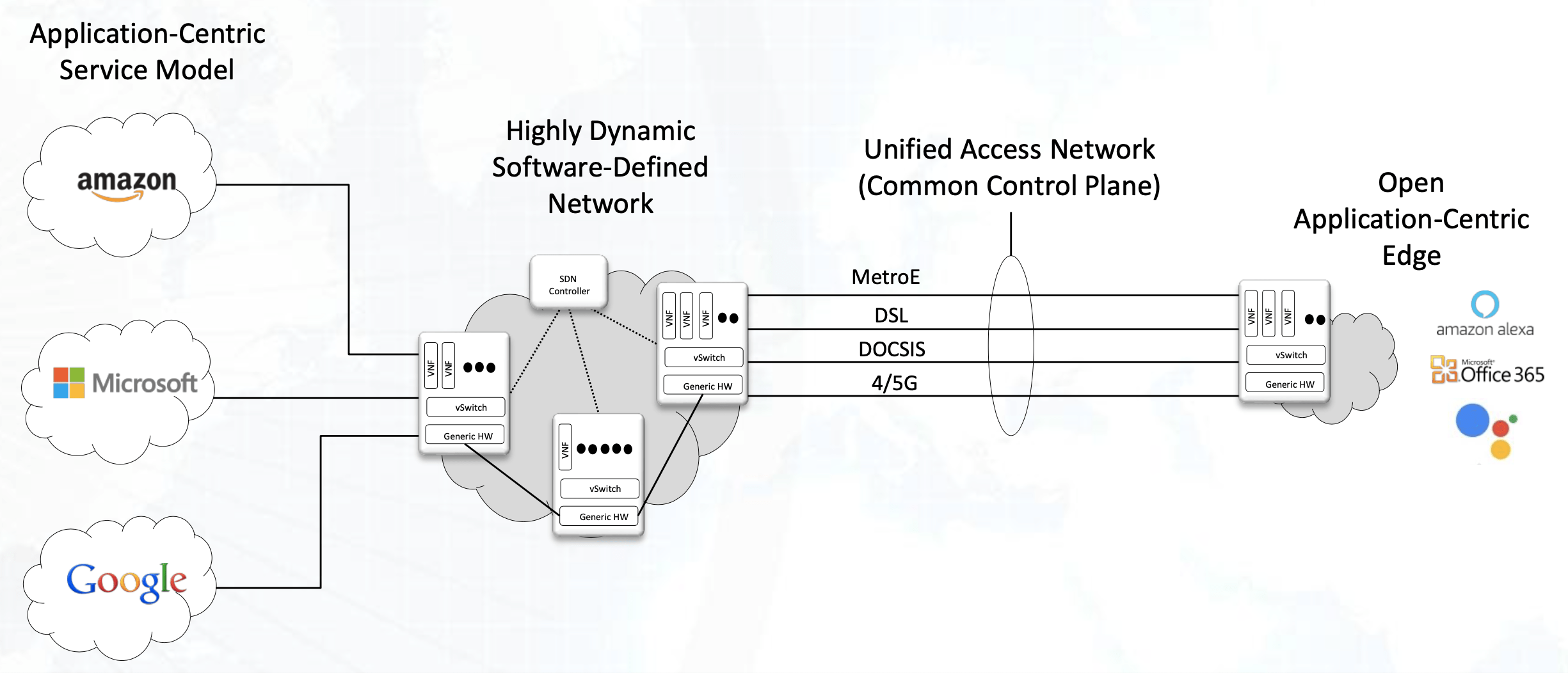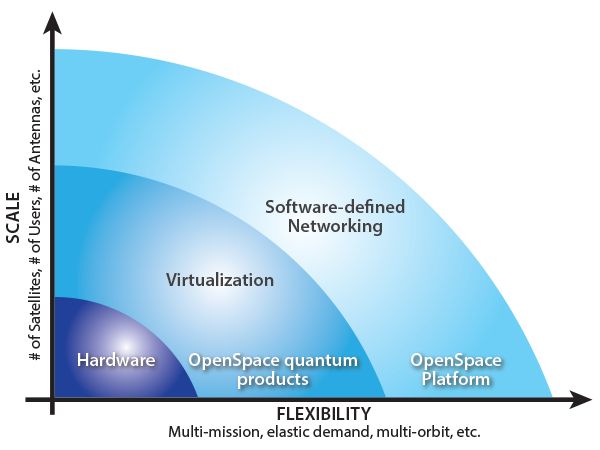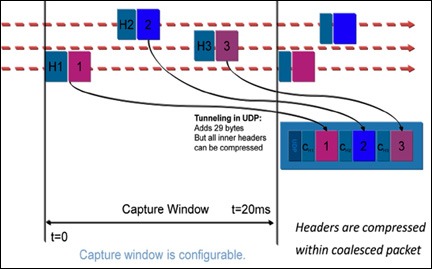About a month ago, before the Corona Virus set in globally, 87 satellite communications companies participated in the “Satellite… & the Cloud 2020” conference in London, UK. Sponsored by the GVF, Century 21 Communications, and Kratos, the conference hosted just under 20 speakers discussing “Cloud Deployments Across the Satellite Driven Value Chain.” Additional sponsors included Hughes, Comtech EF Data, and neuco.
The conference, organized into four panels, touched on multiple aspects of cloud technology integrated with satellite solutions.
- A Satellite Operator’s Perspective… New Capabilities in Space and New Realities on the Ground
- View from the Ground Segment… Transforming the Ground – Challenges, Innovations and a View to the Future
- Enabling Environment and Associated Technologies
- Embracing Opportunity – New Business Models and Financial Perspectives
A couple of highlights of the day for me.
Manny Shar, of Bryce Space and Technology, delivered an insightful presentation showing financial trends in the satellite industry. He started his presentation discussing the Global Space Economy. The infographic he presented broke down the $360B total revenues into the major vertical markets within this satellite market. The $125B satellite ground equipment market is the market of particular interest to me since that is the market Kratos addresses. Next up is an analysis of the importance of satellites to the broader US economy, growth in global satellite industry revenues (nearly doubling in ten years), and the downward trend of satellite capacity costs for wide-beam and HTS. The presentation went on to show the massive $2B a year increase in startup space investment, starting in 2015, broken down by funding source, private equity, venture capital, and seed/prize/grant. Manny’s presentation concluded with an interesting infographic analysis of what venture capital firms funding space startups, including a list of companies and who funded them.
Three presentations went into detail on the requirements to move satellite ground station infrastructure from hardware-based to cloud-based systems. The first by Joerg Rockstroh of Work Microwave presented an overview of the virtualization of the ground station chain from hardware to software. Included in Joerg’s presentation is the need for software-defined satellite radios that accept IP data that is created by converting the RF from the amplifiers at the gateway.
The second presentation on virtual ground stations is “It’s More Than Just Software Modems” by Stuart Daughtridge of Kratos. Starting with the software-defined networking (SDN) impact on the architecture and business structure of the terrestrial communications industry, Stuart went on to explain the fundamental building blocks and functions of SDN. This lead to a discussion on how software-defined terrestrial network architectures have resulted in a highly dynamic network infrastructure optimized for application-centric service models. Stuart ended his presentation discussing how this disruptive technology is starting to play out in the satellite market, creating flexible satellites, dynamically configured gateways, satellite-terrestrial integrated networks with orchestration.
Mark Lambert of Kratos presented another innovative concept in his presentation, “Dynamic Satellites Demand Dynamic Ground Systems.” Relating satellite payloads of new GEO satellites to the sorting of packages in a package distribution center, Mark notes the trend for GEO Satellites to have the ability to reconfigure their payloads on demand while they are in orbit. Mark says that for satellite operators to take advantage of the innovation in dynamic payloads, satellite ground station architectures must also evolve to embrace the dynamic architectures. Mark covers Digitial IF, converting RF signals to IP packets, a pivotal technology to building dynamic ground stations.*
All fourteen presentations presented at the “Satellite and the Cloud” conference program and speakers list are available for download from the Century 21 Communications website.
Note: You can also find the presentations from previous events in the Century 21 Communications Archive.
*For additional information on Satellite Ground Network Virtualization, download the NSR paper, which has an extensive review of the topic. March 2020 NSR paper





Leave A Comment